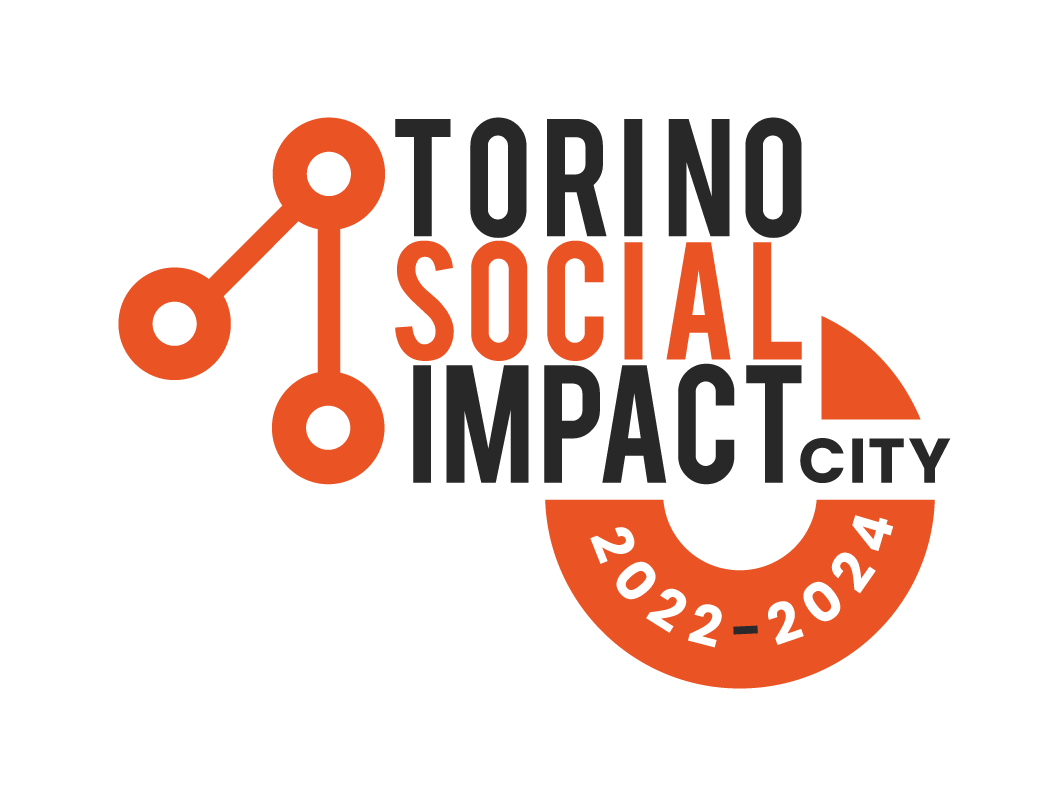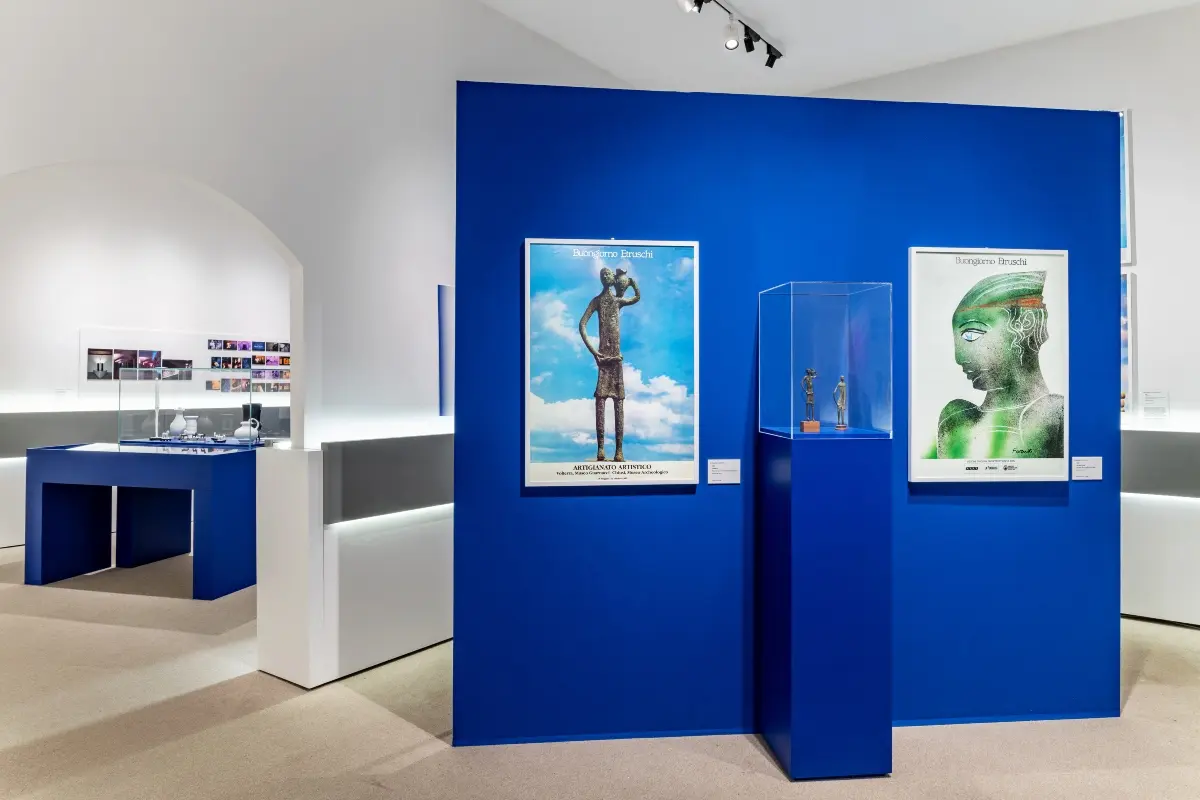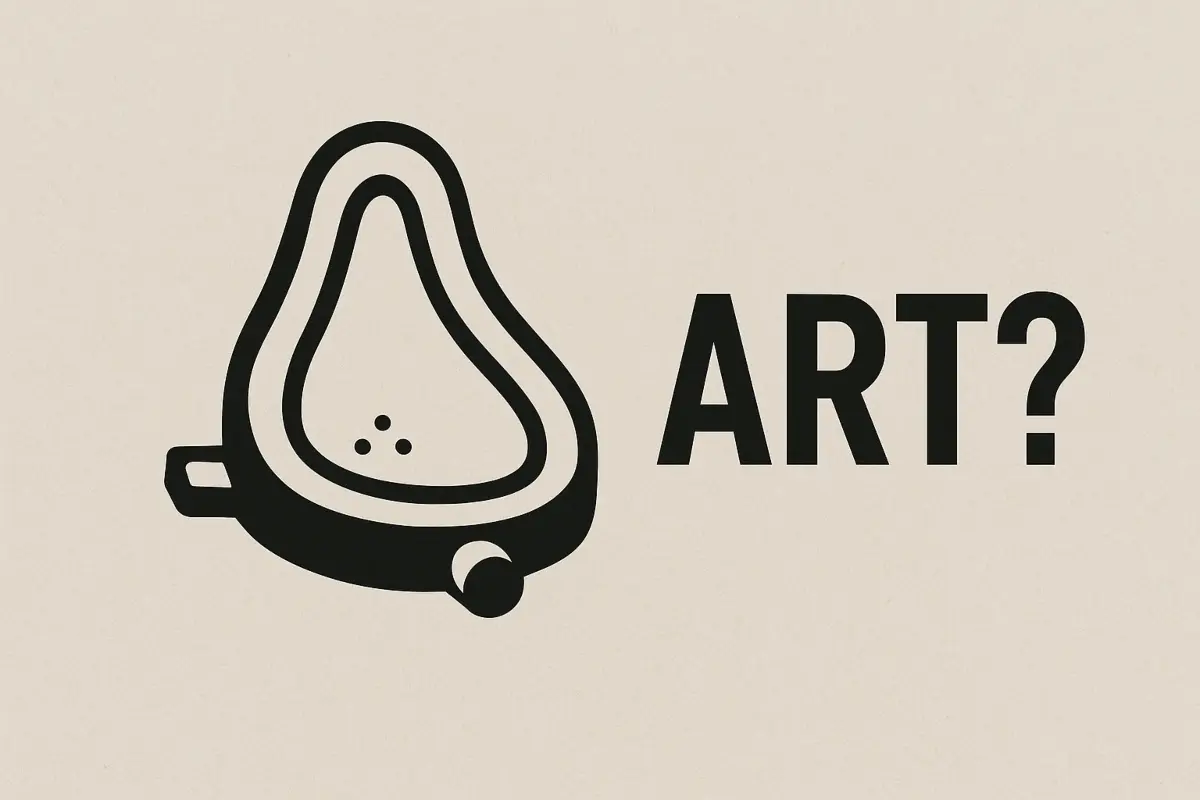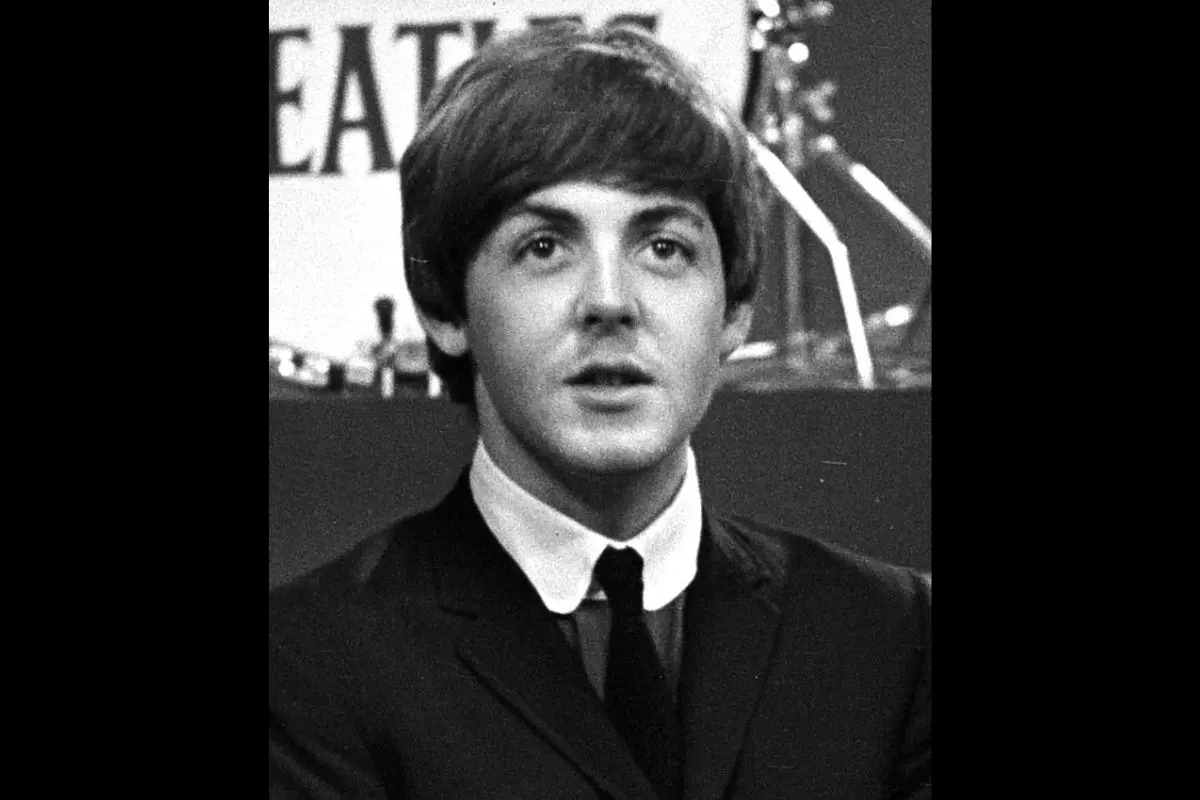
One of the dimensions music engages with is space: physiological, allowing vibrations to propagate; and active, in the way it alters and contextualizes it. This space must be empty. Yet emptiness encodes music as the contemplation of a lack—a void temporarily filled by sound. Music provides solace, a cure for the emptiness that makes it exist. Sound makes the otherwise forgotten distances it traverses tangible. People are always looking for ways to connect within these latencies. One such way is through listening parties.
- Research of lost presence
- Anatomy of a postmodern ritual
- The emotional involvement of listening parties
- Intimate and immersive experiences: Travis Scott and Billie Eilish
- The present absence: Kanye West and Radiohead
- Back to a continuous flow
- From the pandemic to nowadays
- Listening parties as a source of revenue
Research of lost presence
It was 2010 when Tim Burgess of The Charlatans, almost by chance, launched his listening party, which would go on to become an emblematic cultural phenomenon. To celebrate the 20th anniversary of Some Friendly, his band’s debut album, Burgess had the idea of inviting fans to an online collective listening session. A seemingly simple and spontaneous gesture that carried, in its essence, the seed of a desire. And like any desire, it was driven by a sense of absence, whether real or perceived.
What began as an isolated experiment evolved over a decade, transforming into a true mass event during the pandemic, with multiple daily sessions featuring artists like Paul McCartney, Dave Rowntree of Blur, and Alex Kapranos of Franz Ferdinand. Today, the focus has returned to the physical realm, while preserving this exact format. The artist is on equal footing with the audience, perhaps sitting among them and taking part in the listening experience.
Anatomy of a postmodern ritual
The formula for online listening parties is disarmingly simple: a set time, an album to listen to simultaneously, and, usually, X as a virtual agora to share thoughts, memories, and questions in real time. Often, the artists themselves join in, sharing anecdotes, memories, and production details.
In a reversal of Debord‘s society of the spectacle, listening parties offer a moment of collective reflection, perfectly tailored to an era of diminished attention spans.
The emotional involvement of listening parties
The physical listening party has evolved into a unique form of event. The artist is present but does not perform. Their work is done, and now they share it—sharing the resonant space as the album plays. This format overturns the conventions of the traditional concert: no live performance, but rather a collective listening experience. Often, there is no longer a stage and audience, but a more horizontal spatial arrangement. It’s a presentation that feels intimate yet sells its exclusivity.
Taylor Swift’s Secret Sessions are emblematic trailblazers in this regard. Here, fans are invited to listen to albums weeks in advance, often in her private home. Artists understand how much their audience craves insight into what lies beyond the public image and capitalize on this curiosity. Voyeurism here isn’t just passive curiosity—it’s emotional involvement, a feeling of privilege and access that many fans find irresistible, enough to justify significant financial investment.
Intimate and immersive experiences: Travis Scott and Billie Eilish
Recent examples showcase the variety of approaches possible. Artists such as Nick Cave, Manu Chao, The Cure, and Linkin Park have participated, with some of these events becoming milestones in contemporary music history.
At a listening party for his album Astroworld, Travis Scott created a guided visual experience, setting up a location that recreated the atmosphere of an amusement park, the album’s central theme. The event was more than just music playback; it was a thematic experience that evoked the album’s imagery and emotions, deepening the connection between fans and the music. In attendance, alongside fans, were family members and close friends.
Billie Eilish hosted the first listening party for her album Hit Me Hard and Soft in Brooklyn, aiming to create an intimate and immersive experience. Similarly, for Lemonade, Beyoncé—who had created a musical short film—organized an event in Los Angeles resembling a film premiere, accompanied by an open discussion with the audience. Here, too, she didn’t sing but shared the project from a narrative and visual perspective, allowing fans to gain deeper and more personal insights into the stories behind the songs.
The present absence: Kanye West and Radiohead
Kanye West has taken the concept to the extreme. During the Vultures 1 listening party in Milan, he appeared completely covered, almost invisible, turning his presence into a meaningful absence. For an hour and a half, the audience listened to the album’s tracks without interruptions while he moved freely on stage alongside the other artists featured on the album. This dynamic felt closer to Spotify track carousels than to an actual performance.
In most cases, fans don’t describe these events as particularly significant. What remains is almost always the cult-like aura of the artist and the idea of sharing the same space with them. The future challenge might lie precisely here: creating fully immersive physical experiences designed for album listening. A noteworthy example, albeit in a different medium, comes from Radiohead with the launch of Kid A Mnesia. Each track was given its own dimension to explore and experience firsthand through the exceptional immersive video game Kid A Mnesia: The Exhibition. Yet, experimentation with album presentations is as old as marketing itself. Consider, for instance, the use of digital platforms, like artists launching their albums on Second Life.
Back to a continuous flow
Physical listening parties without the presence of artists have existed for a few years, though they are far less common. Record stores, seeking to combat industry decline, occasionally secure the rights to preview and play an album in full before its official release. Some Reddit users dismissively describe these as “browsing in a record store while the new album plays over the speakers.” However, more intriguing are instances where individuals independently choose an album—even one from the past—and gather in a shared physical space to listen to it in its entirety.
The premise is to move beyond personalized playlists toward collective, holistic listening experiences. It’s a return to the album as a unified and coherent work of art, rather than merely a collection of tracks. Listening in full allows the audience to appreciate the narrative and sonic nuances that the artist intended to unfold in a continuous flow. This approach restores the album’s structure and complete meaning—a stark contrast to the fragmented listening habits of today. The decline of the concept album in contemporary music is partly tied to this shift away from integrated listening experiences.
Autonomous listening parties thus reclaim the album as a concept. Gathering together to listen becomes not just an act of consumption but a celebration of presence and temporality. These events re-center music as an experience, transcending the individual focus of playlists. It’s a shift from social media back to genuine social interaction.
From the pandemic to nowadays
During the pandemic, the need was to virtually recreate a sense of community; in the post-pandemic era, this need has translated into new forms of physical presence. The success of the format suggests that, in the age of perpetual streaming, the value no longer lies in access to content—now ubiquitous—but in the uniqueness of the shared experience.
It’s significant that this format has emerged precisely now: as overwhelming virtualization grows, the reclamation of the body and physical space emerges spontaneously, while still maintaining the social-oriented event characteristics typical of contemporary times. The artist’s silent presence becomes a symbol of this tension between physicality and mediation, presence and absence, performance and non-performance.
Listening parties as a source of revenue
Behind the rise of listening parties are also specific reasons tied to the music industry. In an era where streaming has drastically reduced profit margins on recordings, artists and labels have found in this format a new source of revenue. Fans are willing to pay considerable amounts to listen to an album in advance in the presence of the artist. For example, Kanye West’s listening party for Vultures had tickets ranging from $140 to $220. Billboard estimates that his tour generated around $12 million. Not only that: these events naturally generate significant hype on social media—photos, videos, and comments about the exclusive experience fuel anticipation for the album’s release.
From a production standpoint, listening parties represent an economically advantageous alternative to traditional concerts. No backline, no rehearsals, no sound checks—just a good sound system for playing the record. It is the perfect embodiment of contemporary experiential marketing: selling the uniqueness of the moment, the artist’s physical presence, and the exclusivity of the preview. And the audience responds, showing that, in the face of unlimited access to music, it is the irreplaceable experience that truly holds value.









